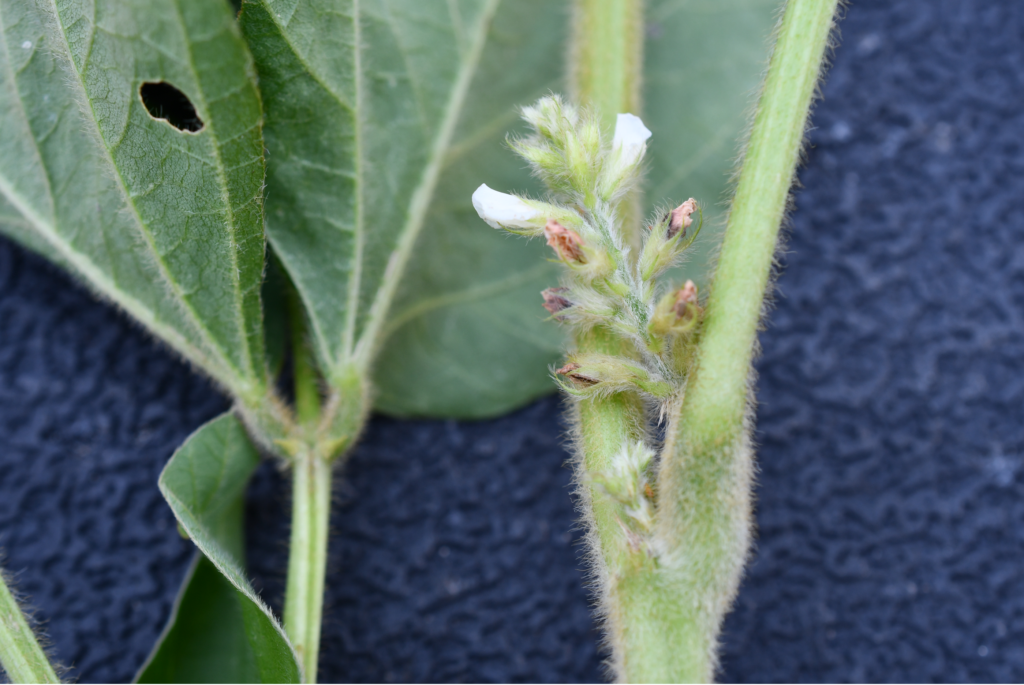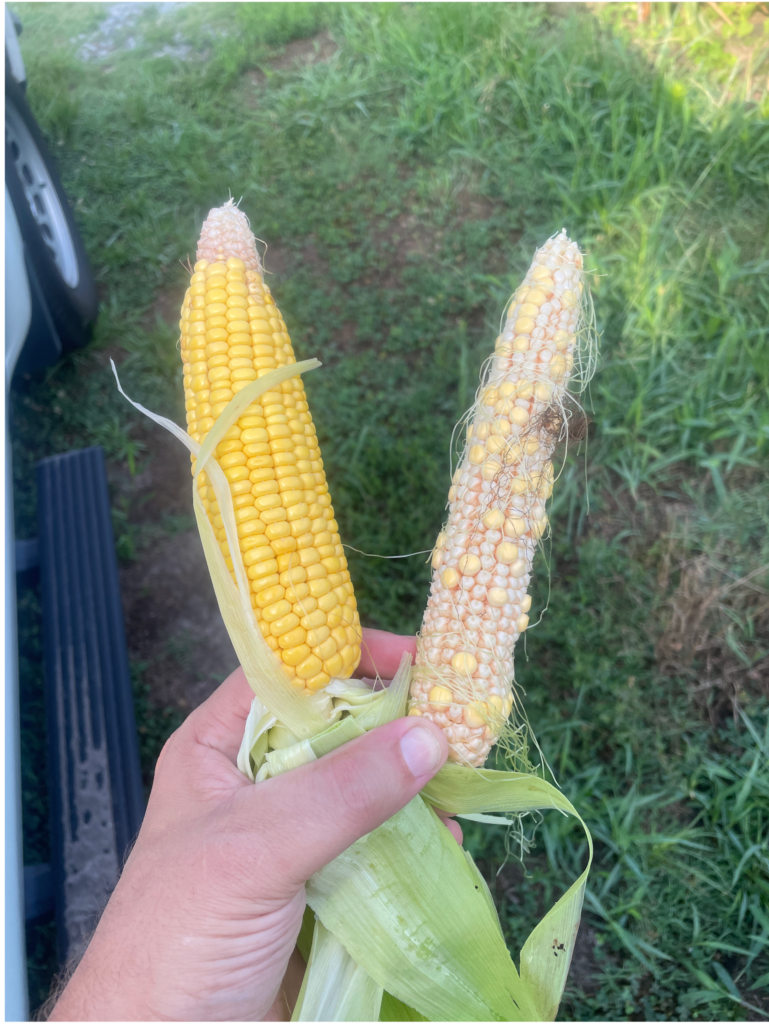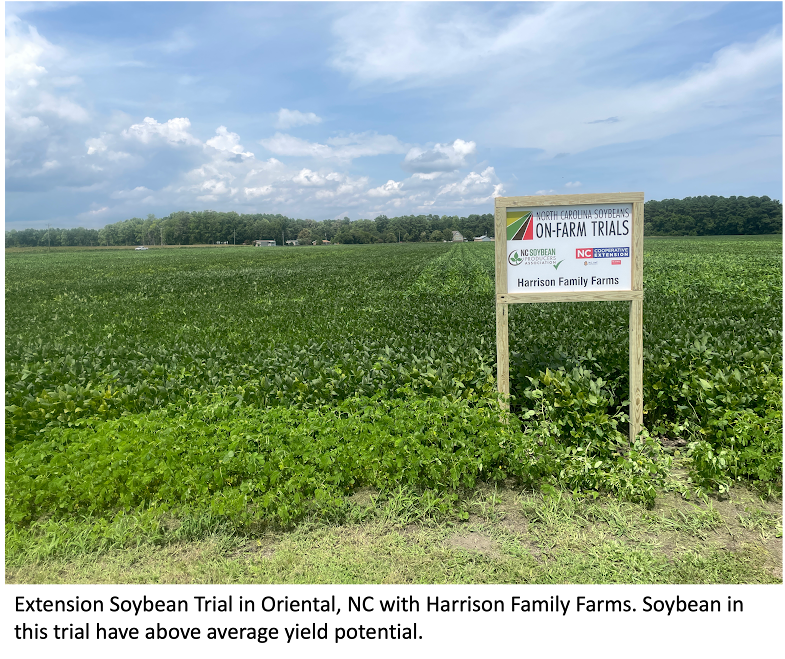2024 Growing Season Challenges
go.ncsu.edu/readext?1019734
en Español / em Português
El inglés es el idioma de control de esta página. En la medida en que haya algún conflicto entre la traducción al inglés y la traducción, el inglés prevalece.
Al hacer clic en el enlace de traducción se activa un servicio de traducción gratuito para convertir la página al español. Al igual que con cualquier traducción por Internet, la conversión no es sensible al contexto y puede que no traduzca el texto en su significado original. NC State Extension no garantiza la exactitud del texto traducido. Por favor, tenga en cuenta que algunas aplicaciones y/o servicios pueden no funcionar como se espera cuando se traducen.
Português
Inglês é o idioma de controle desta página. Na medida que haja algum conflito entre o texto original em Inglês e a tradução, o Inglês prevalece.
Ao clicar no link de tradução, um serviço gratuito de tradução será ativado para converter a página para o Português. Como em qualquer tradução pela internet, a conversão não é sensivel ao contexto e pode não ocorrer a tradução para o significado orginal. O serviço de Extensão da Carolina do Norte (NC State Extension) não garante a exatidão do texto traduzido. Por favor, observe que algumas funções ou serviços podem não funcionar como esperado após a tradução.
English
English is the controlling language of this page. To the extent there is any conflict between the English text and the translation, English controls.
Clicking on the translation link activates a free translation service to convert the page to Spanish. As with any Internet translation, the conversion is not context-sensitive and may not translate the text to its original meaning. NC State Extension does not guarantee the accuracy of the translated text. Please note that some applications and/or services may not function as expected when translated.
Collapse ▲The 2024 growing season has created significant challenges for local crop producers. Extended periods of drought and localized heavy rains have affected crop pollination and growth. In this article I will briefly discuss what these issues look like in Pamlico County.
Of all the crops grown in Pamlico County, corn production has been affected the greatest. Early season weather was excellent for planting, resulting in a promising start. However, drought conditions through May and June depleted soil moisture levels and reduced the soil water table below what was accessible by crops. You may have noticed corn plants turning yellow at this time with the lower leaves drying up. This was a response by the plant to preserve growth by robbing nutrients from the lower leaves and stalks. This is referred to as “firing”, and if this occurs within the ear leaf (leaf adjacent to the developing ear of corn), the ear will most likely fail to develop.
Drought also affected pollination of corn by disrupting the timing of pollen shed with silk development. Corn plants are monoecious plants, which means they have male flowers (tassel) and female flowers (corn ear and silks) occurring on the same plant. Pollen falls from the tassel at the top of the plant onto the silks below, resulting in pollination of individual corn kernels. Each silk is attached to a single kernel and is only receptive to pollen for few days. Drought conditions during pollination results in pollen shed occurring before silk emergence. If high temperatures also occur at this time, pollen can be killed prematurely further decreasing the pollination window. If pollen does not fall onto these silks, they turn purple and the ear will not develop. The earliest planted corn in Pamlico County appears to have pollinated well this year, but later planted corn failed to pollinate and many plants are missing ears.
Luckily, rains have occurred the past couple of weeks, decreasing drought stress for corn. However, some areas of the county received multiple inches of rain in short period of time creating saturated soil conditions that rob plant roots of oxygen. This has placed additional stress on corn plants and also encourages disease development. The combination of drought and wet stress may also encourage aflatoxin development in corn from fungi. Aflatoxin produced by various fungi can create dangers for livestock consuming this corn. Corn is routinely tested for aflatoxin when grain is sold and grain buyers can blend various corn stocks to reduce dangerous levels. However, this is just another naturally occurring challenge that growers face during this difficult growing season.
Soybean crops are traditionally planted following corn and begin reproduction several weeks after corn. This means most of the soybean acres in Pamlico County began pod development just before or about the same time recent rains occurred. This provides a positive outlook for soybeans as they have greater potential to produce average or above average yields this season. However, later planted soybeans and those soybeans planted on sandy soils were affected by drought. This why you may see earlier fields with average height plants (~3 feet) and others fields which are shorter (<3 feet affected drought). Soybeans are more resilient to stress than corn, but yields are difficult to predict until harvest.

Soybean flowers beginning to set pods. Soybeans produce more flowers than even make it to pod due to pod development being adaptable to stress.
Corn harvest will begin shortly in Pamlico County and growers will quickly learn how much drought stress has affected growth this season. Hopefully the timely rain pattern we are seeing will continue and improve kernel fill and soybean pod development. However, tropical moisture from hurricanes also occurs during harvest season and brings even greater challenges for Pamlico County growers. Please be mindful of these challenges facing local producers and wish them well during this harvest season.
If you have questions about crop production in Pamlico County then please contact Daniel Simpson, Agricultural Extension Agent, at 252-745-4121 or Daniel_simpson@ncsu.edu.






